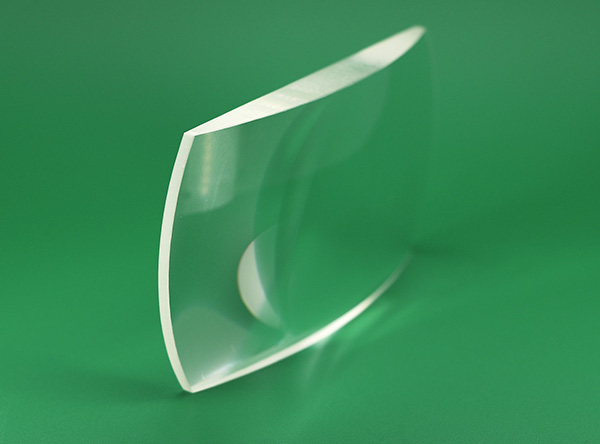Advantages of Cylindrical Lenses: A Comprehensive Insight
Dec. 18, 2023
Cylindrical lenses are a fundamental component in the world of optics, offering a range of advantages that cater to diverse applications across various industries. These lenses, distinct for their curved surface, hold unique characteristics that set them apart and make them indispensable in optical systems. In this comprehensive guide, we delve deep into the advantages of cylindrical lenses, exploring their functionalities, applications, and unparalleled benefits.
Understanding Cylindrical Lenses
Optical Design and Purpose
Cylindrical lenses, unlike their spherical counterparts, have surfaces that are curved in only one direction. This design variation enables them to focus light in a single dimension, effectively altering the dimensions of an image along one axis while leaving the other unaffected. This unique property makes them invaluable in correcting astigmatism and other optical aberrations.
Understanding Positive and Negative Cylindrical Lenses
Positive Cylindrical Lenses
Positive cylindrical lenses are designed to converge light in a single meridian while leaving the orthogonal meridian unaffected. This convergence ability makes them instrumental in correcting astigmatism, a common refractive error affecting vision. By focusing light in a single direction, positive cylindrical lenses effectively counteract the differing curvatures within the eye, thereby enhancing visual clarity and sharpness for individuals with astigmatism.
Negative Cylindrical Lenses
On the other hand, negative cylindrical lenses diverge light along a single axis while maintaining the orthogonal axis. Their ability to spread light is beneficial in optical systems where dispersion or altering the beam shape is required. Negative cylindrical lenses find utility in various applications such as beam shaping, laser diode correction, and correcting imaging systems.

UV fused silica Plano-concave cylindrical lenses
Advantages Unveiled
1. Astigmatism Correction
One of the primary advantages of cylindrical lenses lies in their ability to correct astigmatism, a common refractive error that affects the eye's ability to focus. By precisely manipulating the incoming light in one direction, these lenses compensate for the differing curvature in different meridians of the eye, resulting in sharper and clearer vision for individuals suffering from astigmatism.
2. Optical System Optimization
The use of cylindrical lenses contributes significantly to the optimization of various optical systems. Their ability to focus light along a specific axis allows for the customization of imaging systems, laser applications, and optical data storage. This customization enhances the performance and accuracy of these systems, catering to specific requirements across industries like healthcare, manufacturing, and telecommunications.
3. Versatility in Applications
These lenses exhibit remarkable versatility, finding applications in an array of fields. From laser cutting and engraving to beam shaping and optical processing, cylindrical lenses play a pivotal role in achieving precision and accuracy in diverse applications. Their adaptability to different wavelengths and materials adds to their allure in fields such as astronomy, microscopy, and semiconductor manufacturing.
4. Compact Design and Space Efficiency
Compared to other optical solutions, cylindrical lenses offer a compact design without compromising on functionality. Their space-efficient nature makes them an optimal choice, especially in compact devices and systems where size and weight constraints are crucial considerations.
Conclusion
Cylindrical lenses stand as a testament to precision and versatility in the realm of optics. Their unique characteristics, from astigmatism correction to their diverse applications, make them an indispensable component in various industries. As technology advances, these lenses continue to play a vital role in pushing the boundaries of optical innovation.



















